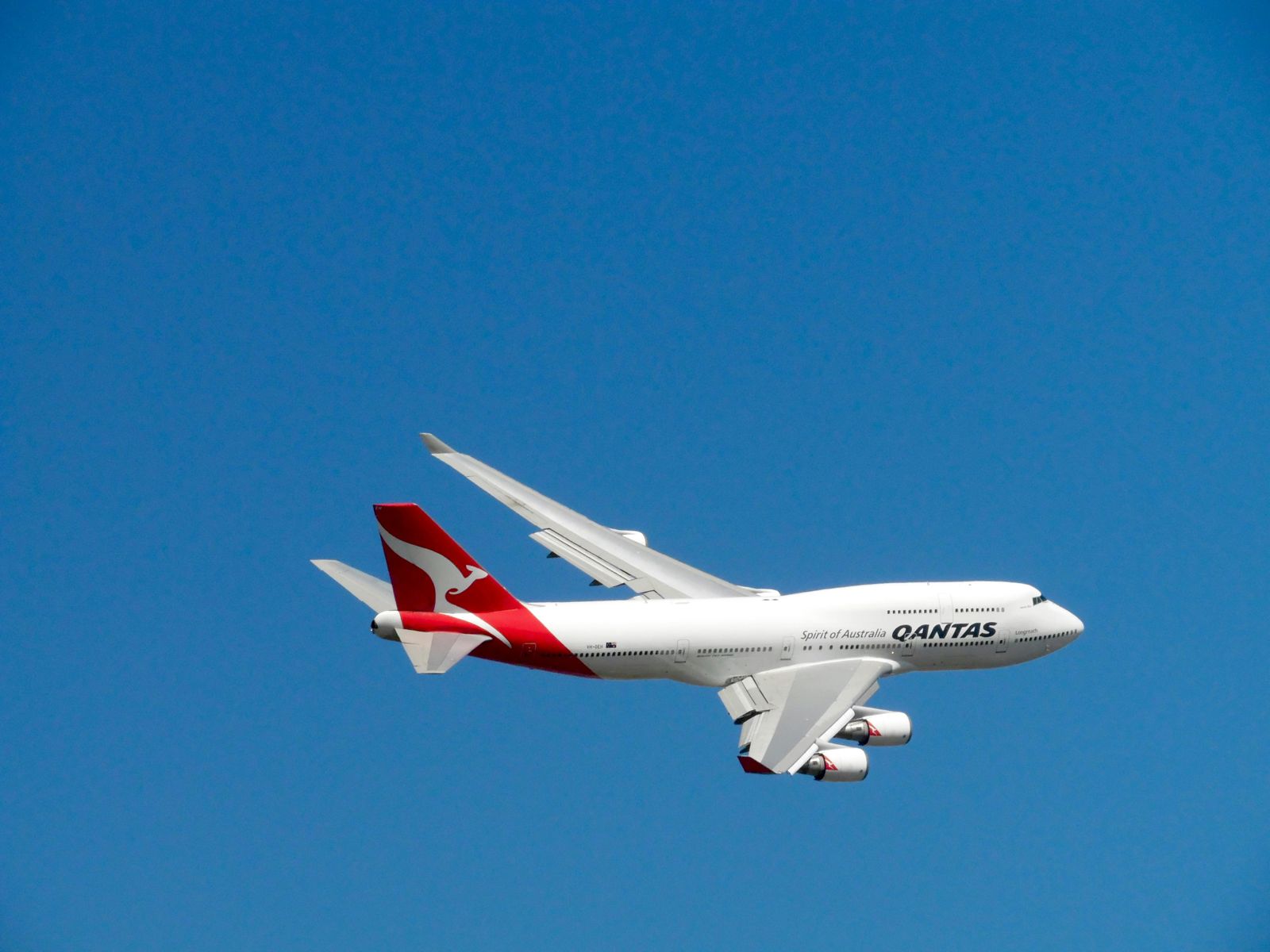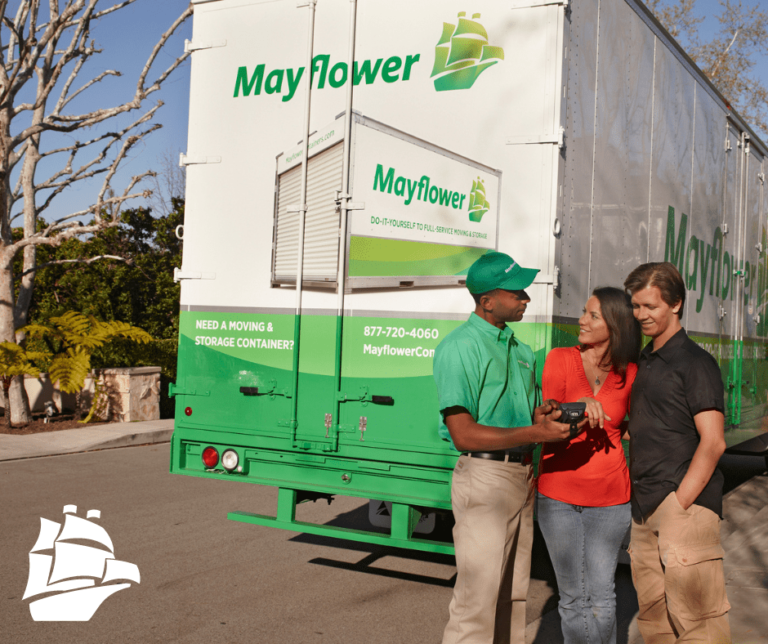How Technology Reshapes the Aircraft Industry
The airplane business has been rather important in linking the planet over the years. Flying has changed drastically from the first flight of the Wright brothers to the brilliant jets of today. Now, technology is driving big changes in how planes are made and flown. It’s not just about speed anymore. Modern technology is helping the industry save fuel, make flying safer, and even improve the travel experience. It is changing how the aircraft industry works. From the resources utilized to the way planes are maintained, every sector is making its way ahead.
Advancements in Aerodynamics and Materials
New designs in aerodynamics are transforming the aircraft industry. By perfecting plane shapes, manufacturers are achieving remarkable levels of fuel efficiency. Lighter yet durable materials such as advanced composites and lightweight alloys are now common. These materials contribute to strong and efficient aircraft. For instance, the Boeing 787 and Airbus A350 stand out with their remarkable features. Both planes utilize fresh aerodynamic designs that significantly cut down fuel use. Innovations in materials have also played a vital part in their reduced weight yet high-performance construction. These changes not only boost performance but also promise a greener tomorrow for aviation.
Automation and Assistance Systems
The way planes are controlled is being completely changed by automation. With the introduction of advanced autopilot systems, the load on pilots during flights has significantly decreased. This allows pilots to focus more on vital activities. Similarly, on the ground, the integration of specialized vehicles plays a crucial role in operations. For example, an industrial utility vehicle is indispensable for managing tasks such as transporting equipment and supplies efficiently across large airport spaces. Additionally, modern tools like artificial intelligence and augmented reality are becoming central to controlling operations in the cockpit. These technologies offer real-time data and support, ensuring planes are kept under close watch. With a greater focus on safety, including human factors is essential as systems become more automated. It guarantees that pilots are trained to manage automated systems efficiently.
READ MORE : How to Choose the Right Ecommerce Services
Connected Aircraft and the Internet of Things (IoT)
IoT is bringing a major transformation in how aircraft systems communicate. By establishing real-time connections among several systems, planes can continuously monitor their performance. This instantaneous data transfer enables predictive maintenance, significantly lowering the risk of unplanned problems during flights. Together with this, connected systems lead to lower downtime. Consequently, aircraft can be serviced and made ready for the next flight quicker. Data analytics is another significant player in this scenario. It extensively examines collected data to improve operational efficiency and reinforce safety protocols. The use of data helps to identify areas for improvement and prevent possible problems, guaranteeing safer, more effective flights.
Sustainable Technologies and Green Aviation
The aviation sector is giving environmental measures great attention. One approach through which they are looking at reducing carbon emissions is sustainable aviation fuels (SAFs). Designed from renewable resources, these fuels provide a better alternative than conventional fossil fuels. Furthermore, the industry is making strides in hybrid and electric propulsion systems. These systems have the potential to minimize emissions drastically. A great example of this is electric planes, which promise a quiet and clean flying experience. Looking ahead, the industry envisions a significant transformation with the development of aircraft. These planes will run on SAFs and electric systems, leading to a more sustainable future for aviation.
Passenger Experience Innovations
Enhancements in technology are greatly improving the passenger flying experience. Advanced in-flight entertainment systems offer travelers a variety of options for enjoyment. With better internet connectivity, passengers can now stay connected while flying. Besides this, mobile technology is changing how people check in. It also improves customer service by making the process smoother. Passengers can perform tasks from booking their flights to getting on the plane using their smartphones. These innovations not only make flights more enjoyable but also raise customer happiness levels. When airlines provide a better and more personalized service, they earn customer loyalty in a competitive industry.
Conclusion
Technology is significantly changing every part of the aircraft industry. New advances in green technologies are creating a future that is more sustainable and green. Yet, advancements in customer experience are ensuring that flying remains a pleasurable and convenient activity. The advancements will surely affect the aviation sector for many years to come. The sector must give constant improvement top priority if it is to keep ahead of the competition and satisfy changing consumer needs.







